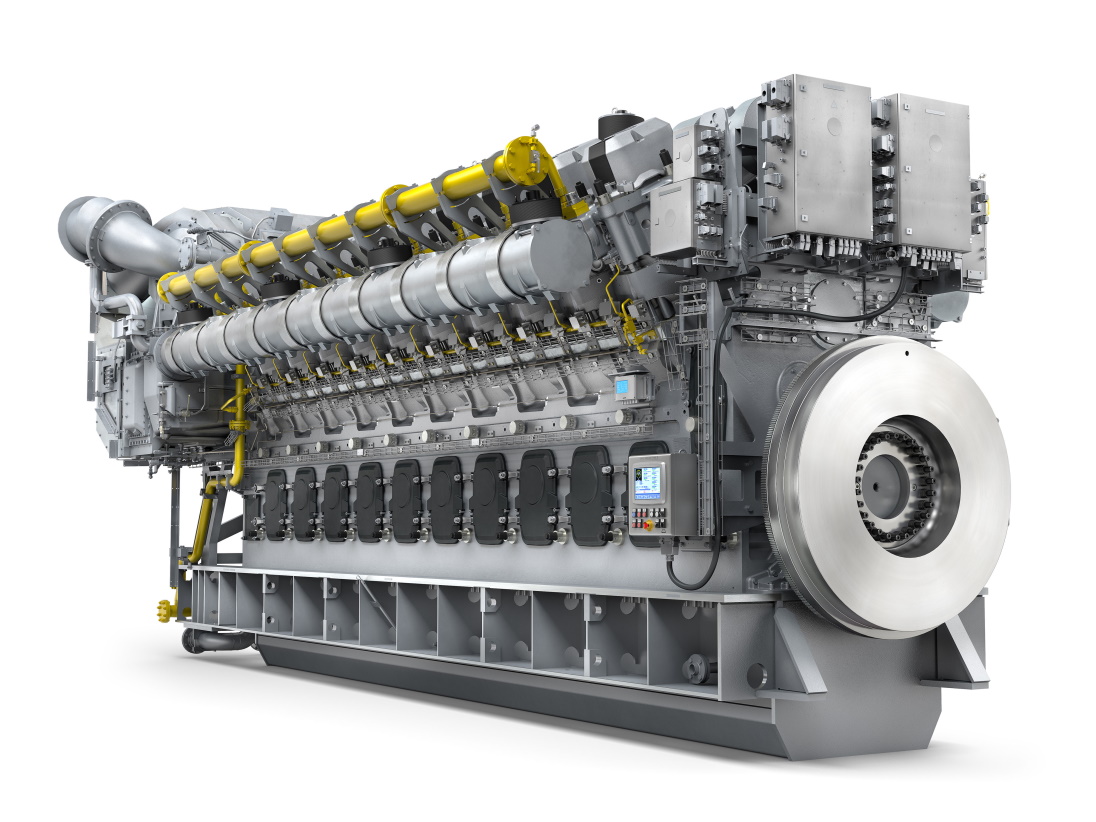This story requires a subscription
This includes a single user license.
According to a statement by Volkswagen’s MAN, a total of seven 20V35/44G gas engines with a total capacity of 70 MW will drive the decentralized power plant in Sipitang located in Sabah, East Malaysia.
The power plant will run on natural gas and become the sole supply of electricity to the nearshore FLNG terminal.
MAN said the FLNG is currently under construction and expected to be in commercial operation by 2027.
The engine maker did not reveal the price tag of the deal or any other information regarding the FLNG.
Earlier this year, South Korea’s Samsung Heavy Industries has officially started building the third floating LNG production unit for Malaysian energy giant Petronas.
This will become Malaysia’s first nearshore FLNG facility once in operation in 2027.
The FLNG facility is designed to produce up to 2 million tonnes per annum (MTPA) of LNG and will be moored at the Sipitang Oil and Gas Industrial Park (SOGIP) in Sabah.
Japan’s JGC confirmed in January last year it had won the contract with SHI to build the FLNG for Petronas.
SHI and JGC already built the second FLNG, PFLNG Dua, for the Malaysian firm.
The nearshore LNG plant will increase Petronas’ LNG production from floating LNG facilities from 2.7 mtpa to 4.7 mtpa.
Currently, Petronas operates two floating LNG facilities, the 1.2 mtpa PFLNG Satu and the 1.5 mtpa PFLNG Dua, both located offshore Sabah.
In addition to these units, Petronas is working with Argentina’s state-owned oil and gas company YPF on the Argentina LNG export project, which will include FLNGs.
The partners recently decided to build their $30 billion LNG export project in the Patagonian province of Río Negro.
Petronas will also explore developing a standalone FLNG project in Suriname’s offshore Block 52.

